Designing landscapes for small urban spaces in Chicago requires careful planning and creative solutions to maximize functionality, aesthetics, and enjoyment. This article explores effective strategies for transforming compact urban areas into beautiful, multi-functional, and sustainable outdoor living spaces. We will discuss vertical gardening techniques, hardscaping solutions, plant selection, lighting strategies, and designing for privacy, all tailored to the unique challenges of small urban landscapes in Chicago's climate.
Vertical Gardening: Maximizing Space and Visual Interest
Vertical gardening offers a space-saving solution for incorporating greenery into small urban landscapes. Living walls, trellises, and hanging baskets allow plants to grow upwards, adding visual interest and maximizing limited square footage. Living walls can be installed on exterior walls or fences, creating a lush, green backdrop for outdoor living areas. Trellises and arbors support climbing plants, providing shade and defining outdoor rooms. Hanging baskets filled with colorful annuals or trailing plants add a pop of color at eye level and help create a relaxing atmosphere.
Hardscaping Solutions for Functionality and Aesthetics
Hardscaping elements play a crucial role in designing functional and attractive small urban spaces. Permeable pavers, such as interlocking concrete or brick, allow water to infiltrate the soil, reducing runoff and supporting sustainable landscaping practices. They also provide a durable, low-maintenance surface for patios, walkways, and driveways. Built-in seating, like bench walls or seat walls, maximizes seating options without taking up valuable floor space. Raised planters elevate plants above ground level, adding visual interest and making gardening more comfortable by reducing the need to bend or kneel.
Plant Selection for Small Urban Landscapes
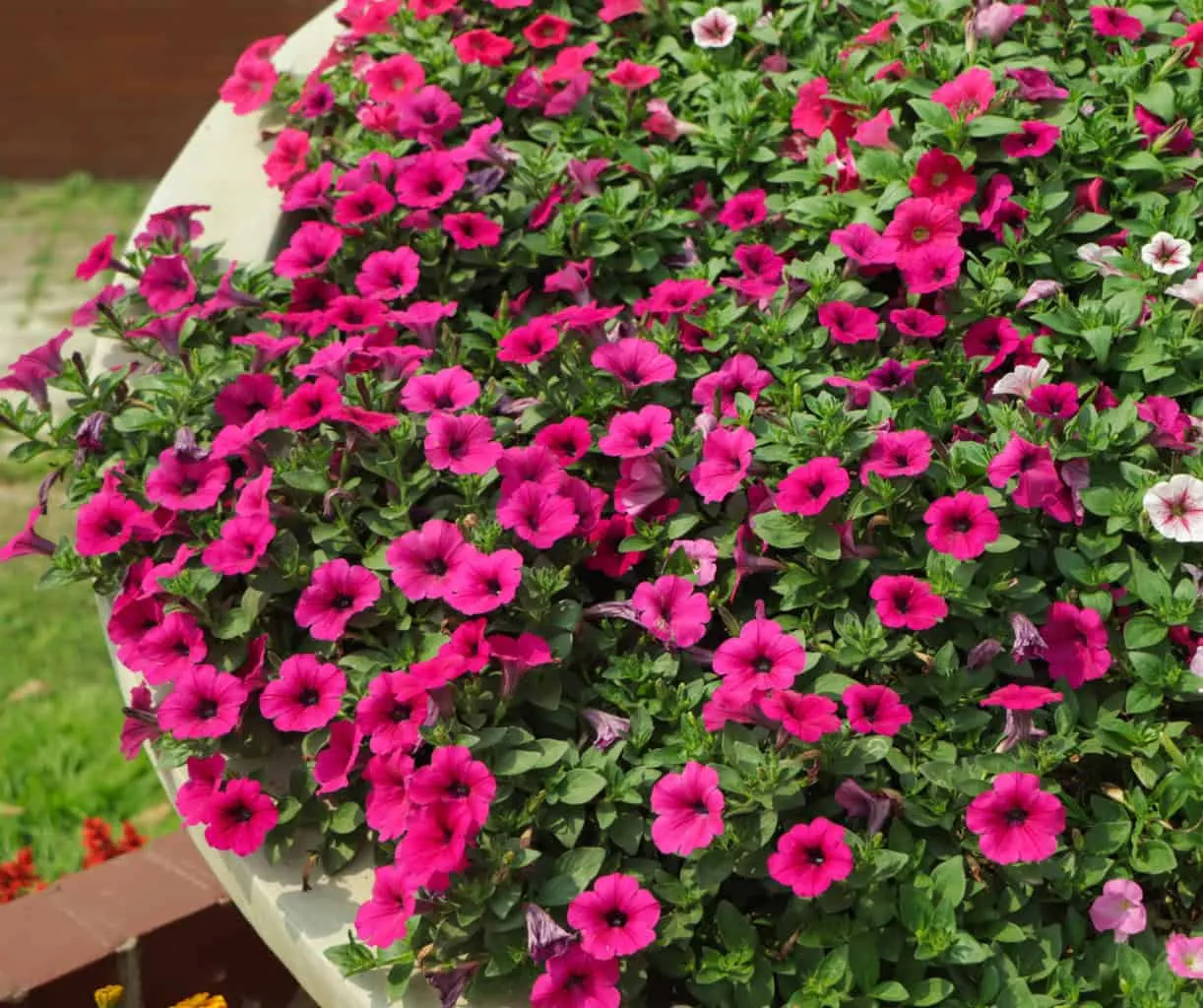
Selecting the right plants is key to creating a thriving and low-maintenance small urban landscape. Native plant species, adapted to Chicago's climate and soil conditions, require less water, fertilizer, and pest control than non-native species. They also provide habitat and food for local wildlife. Some native species well-suited to small urban spaces include:
- Prairie Dropseed (Sporobolus heterolepis)
- Little Bluestem (Schizachyrium scoparium)
- Purple Coneflower (Echinacea purpurea)
- Black-eyed Susan (Rudbeckia hirta)
Compact cultivars of shrubs, perennials, and ornamental grasses are also well-suited to small spaces and container gardening. They offer the same beauty and benefits as their larger counterparts but in a smaller package. Some excellent compact plant choices include:
- Dwarf Korean Lilac (Syringa meyeri 'Palibin')
- Compact Inkberry Holly (Ilex glabra 'Compacta')
- Dwarf Fountain Grass (Pennisetum alopecuroides 'Hameln')
- Coral Bells (Heuchera spp.)
Herb containers are also popular in small urban gardens, providing fresh ingredients for cooking while adding fragrance and texture to the outdoor space.
Container Gardening: A Versatile Solution for Small Spaces
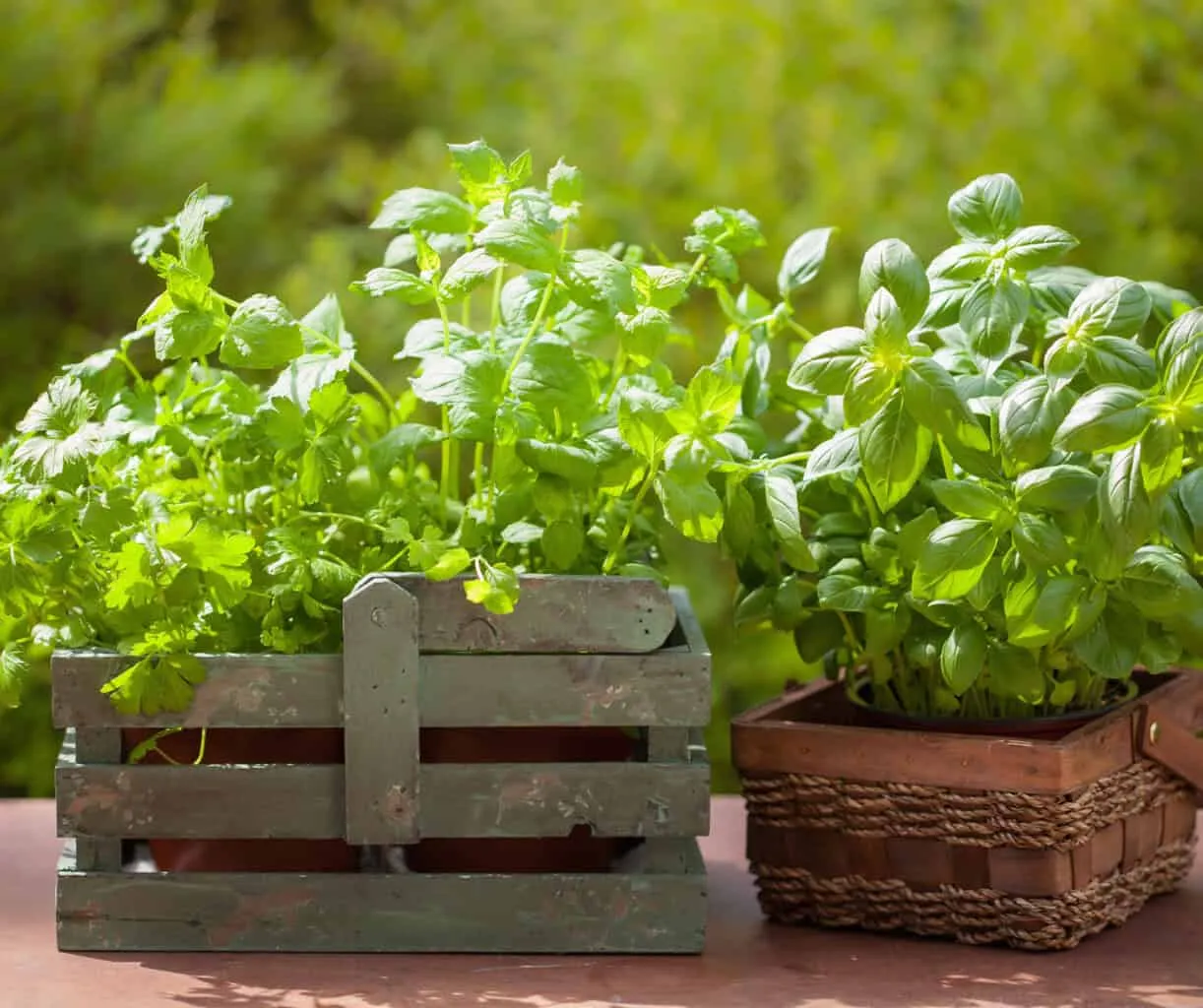
Container gardening is an excellent solution for those with limited or no ground-level space, such as balconies or rooftops. Containers allow for flexibility in plant selection and arrangement, and they can be moved to optimize sun exposure or protect plants from harsh weather. When choosing containers, consider the following:
Size: Ensure the container is large enough to accommodate the plant's root system and allow for growth.
Drainage: Proper drainage is essential to prevent waterlogging and root rot. Choose containers with drainage holes or add a layer of gravel at the bottom.
Material: Consider the weight, durability, and aesthetics of the container material. Lightweight options like plastic or fiberglass are easier to move, while ceramic and terracotta offer a more traditional look.
Some plants that thrive in containers include:
- Herbs (basil, rosemary, thyme)
- Vegetables (tomatoes, peppers, lettuce)
- Annual flowers (petunias, impatiens, geraniums)
- Perennials (hostas, ferns, sedums)
Microclimates in Urban Landscapes
Urban landscapes often contain microclimates, which are areas that may be warmer, cooler, wetter, or drier than the general surrounding area due to the influence of structures, shade, and other factors. When selecting plants for your small urban landscape, consider the specific microclimate conditions in your outdoor space. For example:
South-facing walls may create warmer, drier conditions suitable for heat-loving plants like lavender or rosemary.
Shaded areas beneath trees or next to tall buildings may be cooler and more humid, ideal for shade-tolerant plants like hostas or ferns.
Courtyards or enclosed spaces may have more consistent temperatures and protection from strong winds, allowing for a wider range of plant options.
By understanding and working with the microclimates in your small urban landscape, you can select plants that will thrive in the specific conditions of your outdoor space.
Multi-functional Landscape Elements
Multi-functional landscape elements maximize the use of limited space in small urban gardens. Outdoor dining areas with built-in seating and tables provide a place for entertaining and relaxing. Flexible seating options, like movable chairs and benches, allow for easy reconfiguration to accommodate different activities and group sizes. Integrating storage solutions, such as built-in benches with hidden storage or vertical wall-mounted shelves, keeps outdoor gear organized and out of sight.
Lighting Strategies for Ambiance and Functionality
Lighting is an essential component of small urban landscape design, extending the use of outdoor spaces into the evening hours and creating a warm, inviting ambiance. Effective lighting techniques include accenting key features, such as trees, sculptures, or decorative plants, with spotlights or uplights. Downlights mounted on structures or trees provide general illumination for outdoor living areas. String lights or lanterns hung overhead create a cozy, intimate atmosphere.
Designing for Privacy in Close Quarters
Privacy is a common concern in small urban landscapes, where homes are often close together. Screening plants, like tall ornamental grasses, evergreen shrubs, or climbing vines on trellises, create a natural barrier between properties. Decorative fencing, such as wood or metal panels with interesting patterns or cut-outs, provides both privacy and visual appeal. Frosted glass partitions, mounted on fence posts or as freestanding panels, allow light to pass through while obscuring views.
Sustainable Practices for Eco-friendly Urban Landscapes
Sustainable practices are essential for creating eco-friendly small urban landscapes. Rainwater harvesting, using rain barrels or cisterns to collect and store roof runoff, reduces the need for irrigation and helps manage stormwater. Composting food scraps and yard waste provides a nutrient-rich soil amendment for plants. Energy-efficient LED lighting, solar-powered fixtures, and motion sensors reduce energy consumption and light pollution.
Year-round Interest in Chicago's Climate
Designing small urban landscapes for year-round interest in Chicago's climate involves selecting winter-hardy plants and incorporating elements that provide visual appeal in all seasons. Evergreen shrubs and trees, like junipers, boxwoods, and spruces, maintain their foliage throughout the winter. Ornamental grasses and perennials with interesting seed heads or bark textures add structure and visual interest when flowers have faded. Seasonal color can be maintained by planting annuals in containers or incorporating fall-blooming perennials and spring-flowering bulbs.
| Outdoor Appliances for Small Urban Spaces | Benefits |
|---|---|
| Electric, gas, or pellet grills | Compact, easy to use, and allowed in most urban areas. Pellet grills are particularly easy to use, even during the cold season, and enhance the taste of the food. |
| Outdoor heaters | Extends the use of outdoor spaces into cooler months |
Most Common Features in Small Urban Landscapes
- Built-in seating
- Vertical gardens
- Container plantings
- Decorative plants (such as hanging containers)
- Outdoor lighting
| Common Small Urban Landscape Features | Benefits |
|---|---|
| Rooftop gardens | Maximizes usable outdoor space, improves building insulation |
| Small patios | Provides a compact outdoor living area |
| Container gardens | Allows for flexibility in plant selection and arrangement |
Budgeting for Your Small Urban Landscape
When planning your small urban landscape, it's essential to consider your budget. Some elements, such as hardscaping and built-in features, may have higher upfront costs but can provide long-term value and durability. Other strategies, like container gardening and incorporating native plants, can be more affordable while still creating a beautiful and functional outdoor space.
To maximize your budget, consider the following tips:
- Prioritize your desired features and allocate funds accordingly
- Invest in high-quality, durable materials that will withstand the test of time
- Consider DIY projects when possible to save on labor costs
- Start with a smaller-scale design and expand over time as your budget allows
Designing landscapes for small urban spaces in Chicago requires a creative approach that maximizes functionality, aesthetics, and sustainability. By incorporating vertical gardening techniques, hardscaping solutions, carefully selected plants, multi-functional elements, effective lighting, and privacy screening, even the most compact urban spaces can be transformed into beautiful, inviting outdoor living areas.
Transform Your Small Urban Space with R & G Almanza Landscape Inc
At R & G Almanza Landscape Inc, we specialize in creating stunning and functional small urban landscapes tailored to the unique needs and preferences of our clients in Chicago. Our experienced team of landscape designers and installers works closely with you to develop a custom design that maximizes your outdoor space's potential while reflecting your personal style and enhancing your quality of life. Contact us today to schedule a consultation and take the first step towards transforming your small urban space into an outdoor oasis.

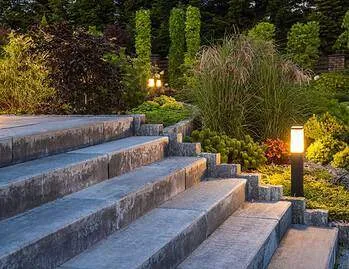
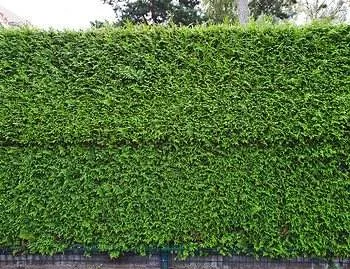
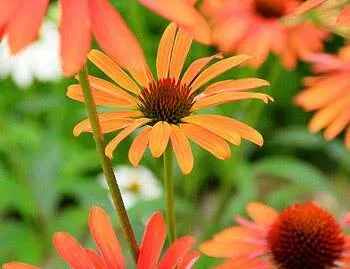
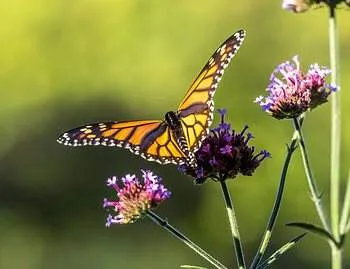
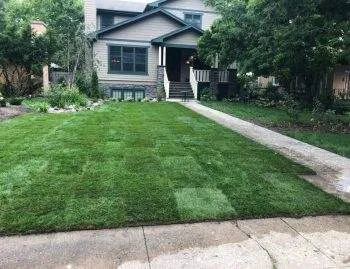
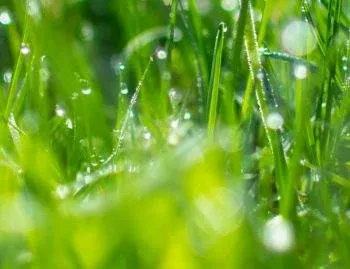
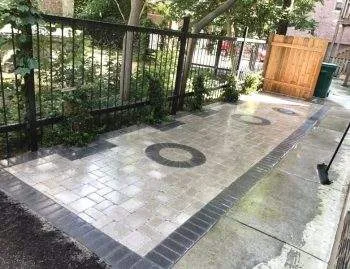
You must be logged in to post a comment.